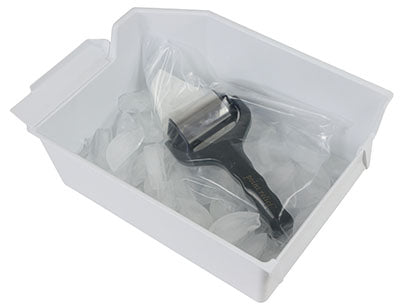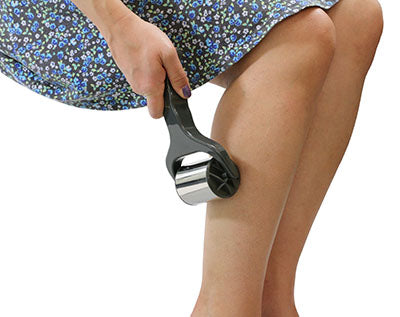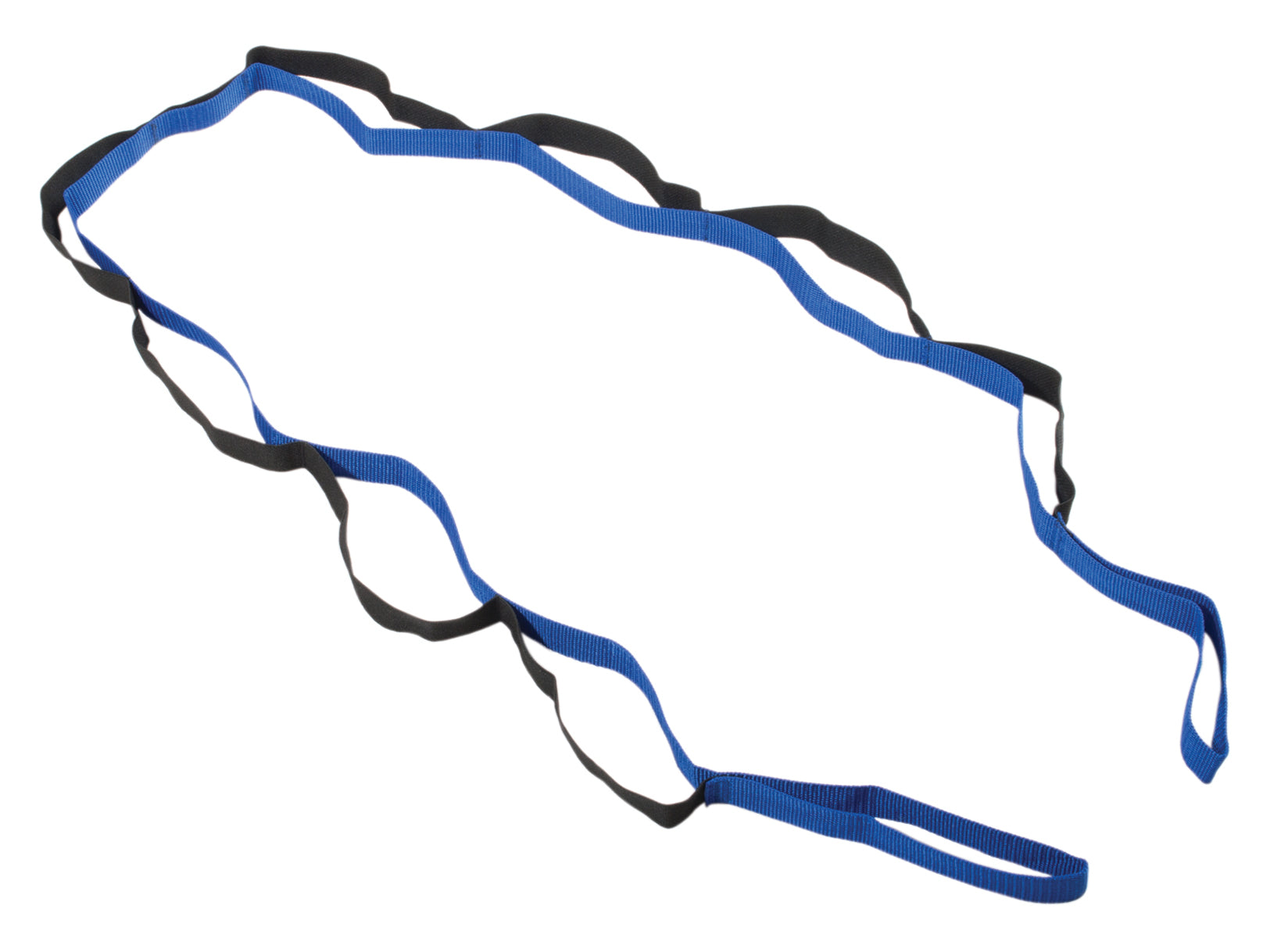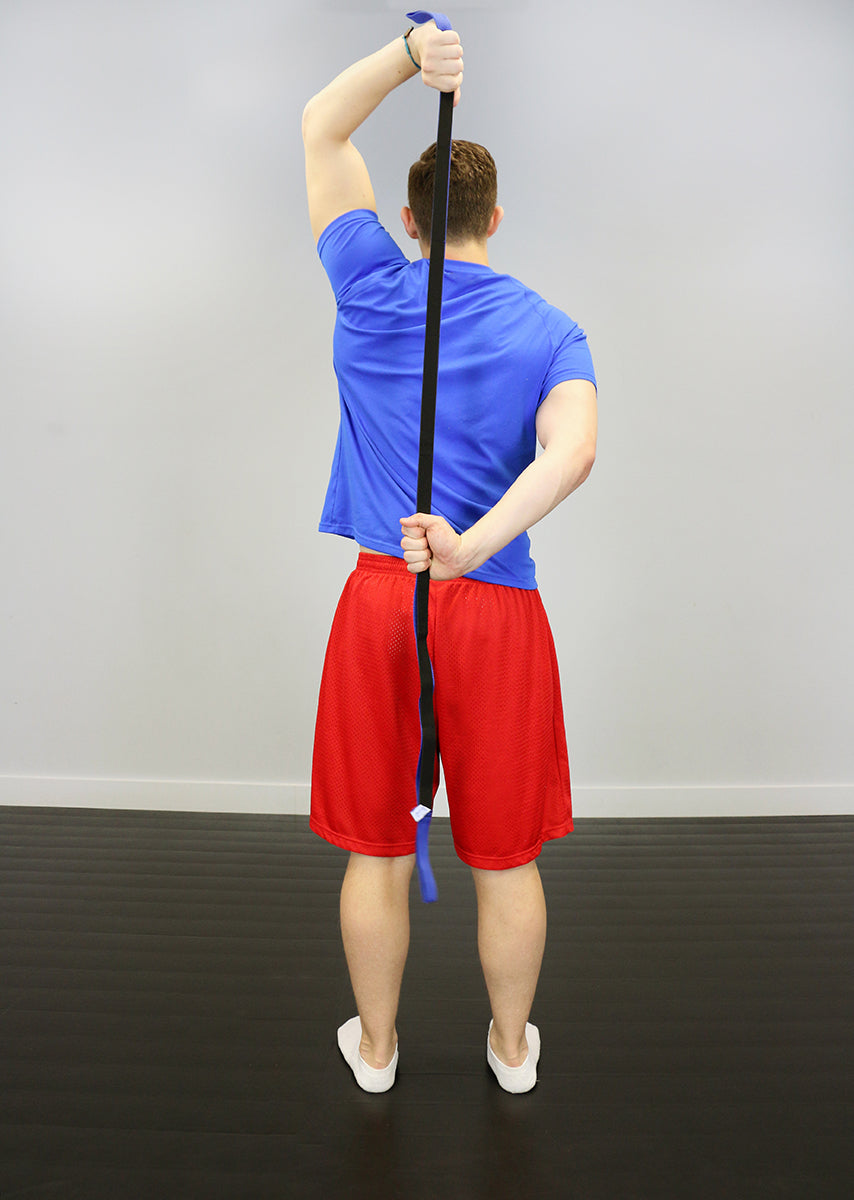
More than any other part of the body, the lumbar spine (lower back) can be a major source of two things: strength and pain. If you have a strong lower back, you’re strong, period. No other area of the body translates to great strength as much as the lower back does. You can have strong arms, strong legs, a strong chest, etc., but if your lower back is weak or not up to par, you won’t be able to demonstrate your strength in any of these other areas except for in a few isolated positions, and two, there will be a loss of transferring the power you may have in your arms or legs in whatever activity you’re trying to demonstrate that strength in.
Lower Back Pain for the Masses
As shown in an article by the American Chiropractic Association (Back Pain Facts and Statistics), back pain is the leading cause of disability worldwide, is one of the most common reasons for missed work, affects people of all ages, is the third-most common reason for visits to the doctor, and costs Americans at least $50 billion in health care costs each year.
WATCH: Swede Burns' Horrifying Bench Press Injury *GRAPHIC CONTENT*
Anyone who trains or works hard will experience some level of back pain, BUT based on who I’ve spoken to, most of the people who suffer from it live very sedentary lives. This is due to many reasons, which would require pages to explain. There are two major issues with those who are sedentary. First of all, there is too much compression (sitting being one), with too little or no strengthening of the spinal erectors, glutes, and abs. Second, many people develop anterior pelvic tilt, which happens as a result of the shortening (weakening) of the hip flexors and the lengthening (tightening) of the hip extensors, along with weak and inactive glutes.
Balance Flexion, Exenstion, Traction
A 10-minute walk or standing for every hour you sit will help greatly. I converted my desk at work to a standing desk a year ago. Attention must still be paid to maintaining the correct posture, as it is never good to maintain one position for too long, regardless of whether you are sitting or standing. I have noticed a substantial difference in hip flexor tightness, as well as less frequent headaches from a much better posture of the thoracic spine. Even for those who are active (exercising or physically demanding job), there needs to be a balance of flexion, extension, and traction.- Flexion: Goodmorning
- Extension: Back Raises/Extensions
- Traction: Downward motion when using a Reverse Hyper®
here.
My Back Pain Story
I have dealt with some horrendous back pain a few times in my 20 years of consistent, heavy training. One night, after tweaking a lower back muscle (the quadratus lumborum) while doing pause squats, my wife had to feed me because I couldn’t even hold the spoon out in front of me. The next morning, I crawled to the living room to do the following prehab/rehab stuff just so that I could stand up:Prehab/Rehab Exercises
Dr. Stuart McGill's Big Three (more here from Sheri and Ken Whetham):


 Kneeling hip flexor stretch (shown here by Dr. John Rusin)
Kneeling hip flexor stretch (shown here by Dr. John Rusin)  Lacrosse ball massaging on the hip flexors and upper glutes Releasing the quadratus lumborum (QL) with the
Lacrosse ball massaging on the hip flexors and upper glutes Releasing the quadratus lumborum (QL) with the Backnobber is about the only tool I have found that can be maneuvered in such a way to reach the QL. I have learned that when the QL is exceptionally tight, there is basically no space between the pelvis and the lower ribs. In such a case, it may be a couple of days before a tool like the Backnobber can be used to provide relief. THEN… I went downstairs to train. If I remember correctly, it was just some weighted dips and chins, but still, I did SOMETHING that would move me closer to whatever my goal was at that time.
Is Your QL Tight?
As was the case with me, a lot of back injuries are the result of an extremely tight QL muscle. The QL is a sheath of muscle that connects to your pelvis, bottom rib cage, and vertebrae. Knowing this, it's easy to understand the negative impact it can have when it tightens up. In fact, on this occasion, I had magnetic resonance imaging done that showed the twisting of my pelvis and a ¾-inch difference in leg length. My QL muscle was so tight that it was causing not only a great amount of back pain but also some significant asymmetry. Training will not always be optimal because of numerous things: pain, time, lack of sleep, or nutrition or hydration being off that day, to name a few, but you can always do something to move you forward, closer to your goals. Here I am doing a 295-pound back raise (with a two-second pause at the top) for five reps. I use this as more of a lower back tester than a builder. This is 20 pounds over my previous record and I'm pretty happy with it.
Here I am doing a 295-pound back raise (with a two-second pause at the top) for five reps. I use this as more of a lower back tester than a builder. This is 20 pounds over my previous record and I'm pretty happy with it. Scott Hayes is a top-level analyst for the department of justice and the owner of Ways of Hayes Fitness LLC. He uses his 20 years of experience in fitness, nutrition, and competition to help his clients improve their total well-being.
Header image credit: Puwadol Jaturawutthichai © 123rf.com





































































